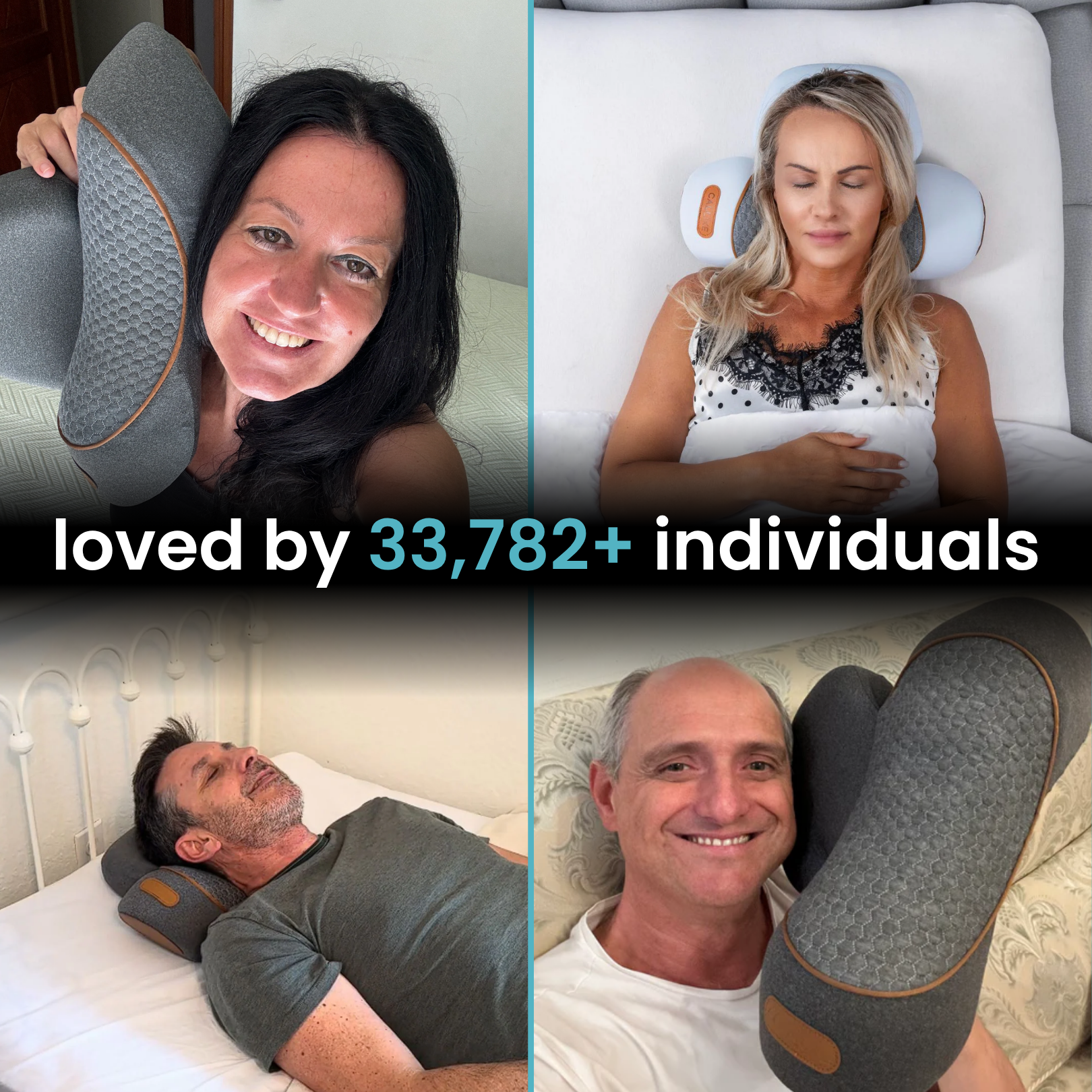
Home Neck Traction Device Exercises: Enhanced Therapy Protocol 2025
Introduction
Neck pain is a common complaint affecting millions worldwide, often resulting from poor posture, injury, or degenerative conditions. Its prevalence underscores the need for effective, accessible therapy options that can be performed at home. Among these, neck traction devices have gained popularity as non-invasive solutions that help alleviate pain and restore mobility.
This article introduces the latest Enhanced Therapy Protocol 2025 for home neck traction exercises, designed to optimize recovery, enhance safety, and incorporate the latest technological advancements.
Understanding Neck Traction Devices
Types of home neck traction devices available
- Cervical collars: Soft or rigid collars that gently stretch the neck muscles.
- Over-door traction systems: Devices that attach securely over door frames for steady traction.
- Portable traction units: Compact devices allowing mobility and adjustable settings.
How neck traction works to alleviate pain
Neck traction works by gently stretching the cervical spine, relieving nerve compression, reducing muscle tension, and improving blood flow. This process can decrease inflammation and facilitate healing of herniated discs or spondylosis.
Benefits of using home traction devices responsibly
- Convenience of therapy at your comfort
- Reduced need for frequent clinic visits
- Empowerment in managing your condition
Common Conditions Addressed by Neck Traction
- Cervical disc herniation: Traction helps reduce disc bulging and nerve impingement.
- Cervical spondylosis: Eases stiffness and arthritis-related discomfort.
- Muscle strain and ligament sprain: Relieves tension and prevents chronic issues.
- Nerve compression syndromes: Alleviates pinched nerves causing radiating pain.
Precautions and Safety Measures
- Consult healthcare professionals before starting any home traction routine to ensure it’s suitable for your condition.
- Recognize contraindications such as fractures, severe osteoporosis, or nerve damage.
- Proper device setup and positioning are crucial to prevent strain or injury.
- Watch for adverse reactions like dizziness, increased pain, or discomfort, and discontinue use if they occur.
The Enhanced Therapy Protocol 2025
Rationale for protocol updates in 2025
Building on previous research and user feedback, the 2025 protocol integrates the latest technological innovations and clinical insights to improve safety, efficacy, and user experience.
Goals of the new protocol
- Maximize therapeutic benefits: Achieve faster pain relief and improved mobility.
- Minimize risks and discomfort: Ensure safety through guided steps and adjustable settings.
- Incorporate user feedback and technological advances: Use data and device feedback to personalize therapy routines.
Step-by-Step Exercise Regimen
Preparation Phase
- Begin with gentle neck warm-up exercises such as slow neck circles and shoulder rolls to increase flexibility.
- Ensure proper device placement—align the traction device according to the manufacturer's instructions for optimal comfort and safety.
Traction Sessions
- Start with light traction durations, typically 5-10 minutes, to allow your neck muscles to adapt.
- Gradually increase both duration and intensity over subsequent sessions as tolerated.
- Maintain a consistent schedule, ideally performing sessions daily or every other day for best results.
Post-Traction Cool-down
- Follow up with gentle neck stretches to relax the muscles further.
- Practice relaxation techniques such as deep breathing to reduce tension.
Specific Exercise Movements and Adjustments
- Flexion and extension exercises: Combine with traction to stretch front and back neck muscles.
- Lateral bending and rotation: Carefully perform these movements, adjusting device settings to prevent overstretching.
- Incorporating resistance or supportive devices: Use additional tools as recommended by your healthcare provider to enhance stability.
Monitoring and Progress Evaluation
- Keep a dedicated therapy journal to log session details, pain levels, and mobility improvements.
- Regularly assess your symptoms to gauge progress and adjust the routine accordingly.
- If symptoms worsen or persist, consult your healthcare provider promptly for further evaluation.
Integrating Complementary Therapies
- Combine home traction with physical therapy and chiropractic care for comprehensive treatment.
- Incorporate stretching and strengthening exercises to support neck health.
- Make ergonomic adjustments at work and home to prevent strain and promote better posture.
Technology and Innovation in 2025
- Smartphone apps: Use apps that guide exercises, track progress, and send reminders.
- Smart neck traction devices: Advanced devices with feedback features to automatically adjust settings for optimal therapy.
- Data-driven personalization: Leveraging AI and user data to tailor routines to individual needs for maximum benefit.
Case Studies and Patient Testimonials
Many patients have reported significant pain reduction and improved mobility after following the Enhanced Therapy Protocol 2025. Challenges such as initial discomfort or device adaptation are commonly addressed through professional guidance, resulting in long-term improvements and enhanced quality of life.
Conclusion
Implementing a structured home neck traction exercise routine using the latest protocols in 2025 can greatly improve neck pain outcomes. Adhering to safety guidelines, monitoring progress, and incorporating technological innovations are key to maximizing benefits. With consistent effort and professional advice, you can regain neck health and comfort effectively.
Resources and Further Reading
- Consult professional guidelines from reputable physical therapy associations.
- Explore recommended devices and instructional materials for safe exercise.
- Contact healthcare providers for personalized advice and treatment planning.
Appendix
Diagram of Proper Device Placement
*(Insert visual diagram showing correct positioning of traction devices)*
Sample Weekly Exercise Schedule
*(Provide a sample plan outlining daily and weekly session timings and durations)*
Safety Checklist
- Ensure device is properly positioned before each session.
- Start with low intensity to gauge your comfort level.
- Stop immediately if experiencing pain or dizziness.
Call to Action
Consult with healthcare professionals before beginning any new therapy routine. Ensure informed and safe use of home neck traction devices to achieve the best results. Stay updated with the latest protocols and personalize your therapy based on your progress.
Check out this amazing product: FisioRest Pro™ - 3-in-1 Cervical Therapy System.

